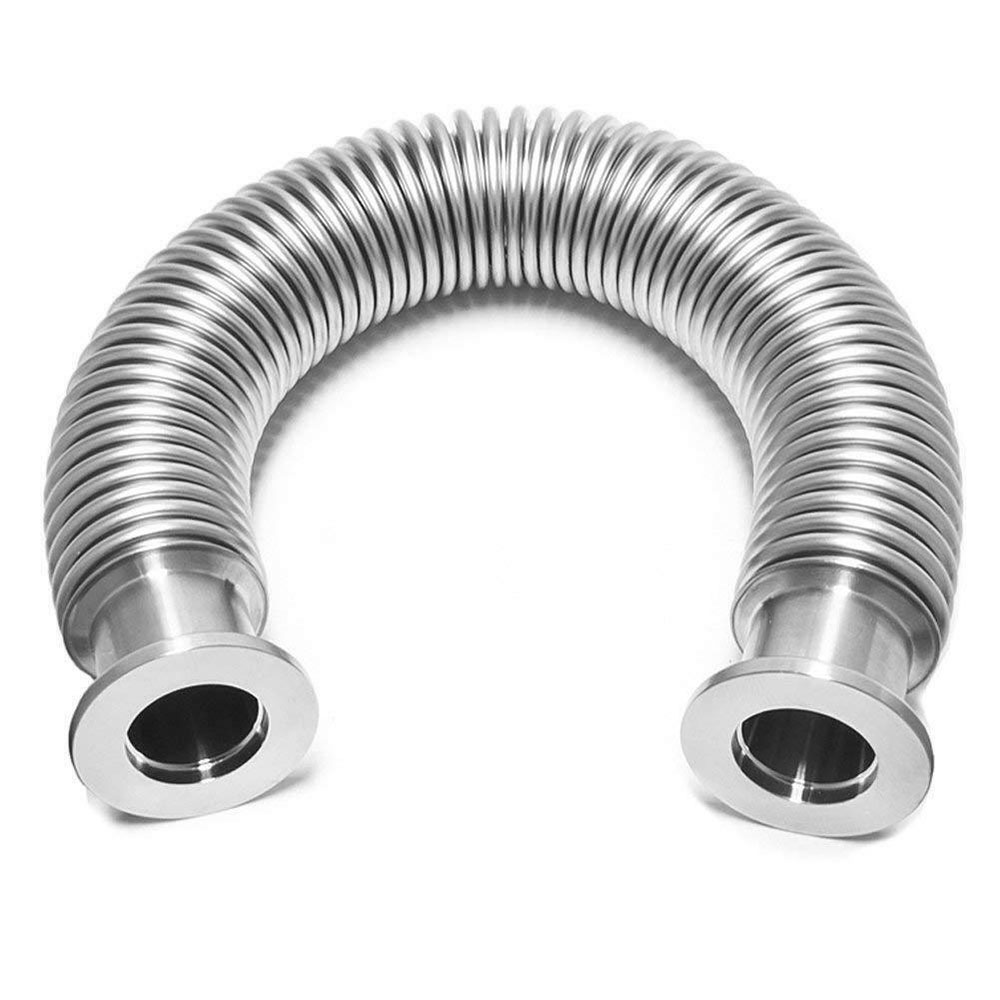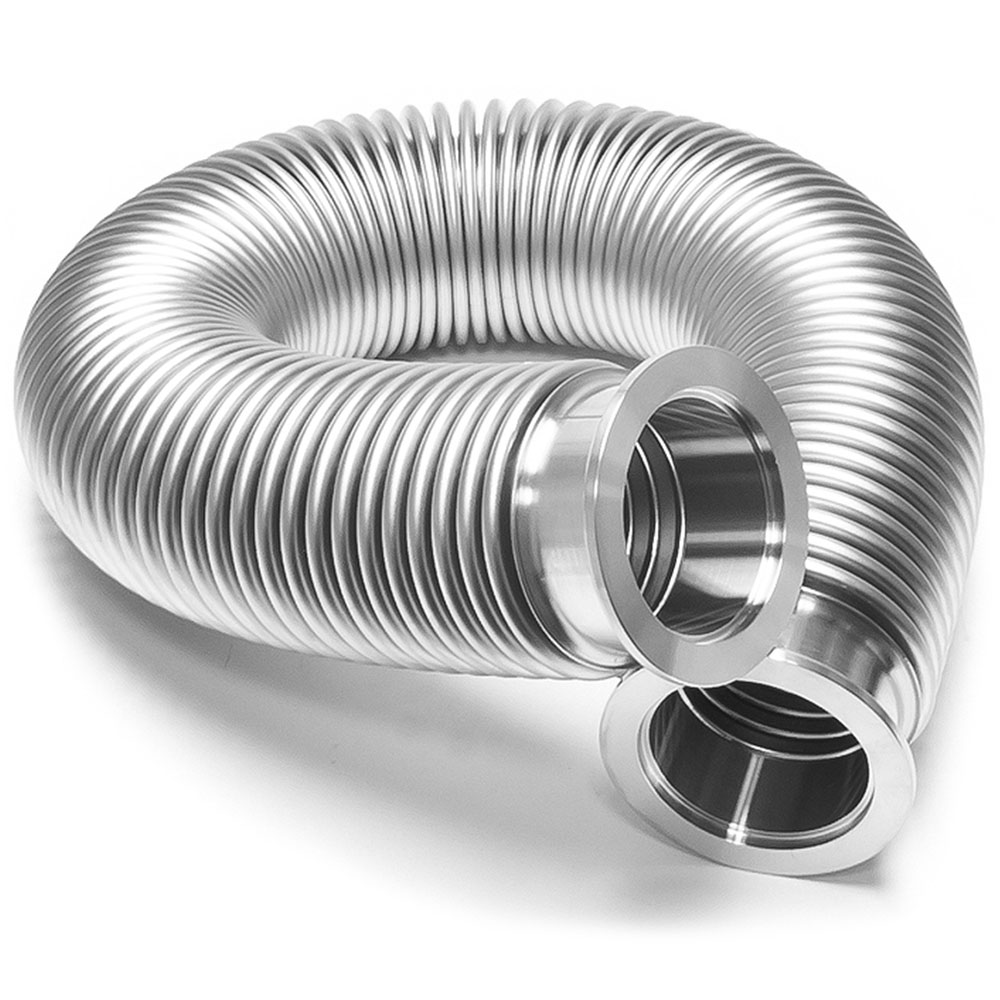
What is the Development History of Bellows? Why is there a Bellows?
To understand a thing, in addition to understanding the characteristics and functions of the thing, it is also necessary to understand the development history of the thing; after seeing so much knowledge of bellows, we will take a look at the development history of bellows this time.
At the beginning, people used animal skins to sew into a tubular structure to meet the needs of production struggles. After a long period of time, by the end of the seventeenth century, the Dutch Wanderer Gäkin brothers made longitudinally stitched canvas hoses, which were widely used in the fire fighting business at that time. Later, with the appearance of rubber in the international market and the development of its vulcanization process, hoses and hoses armored with fabrics such as metal wires or hemp ropes came out. However, in engineering, some high-temperature media such as steam and hot air, low-temperature media such as liquid hydrogen, liquid oxygen, liquid helium, gasoline, kerosene, acid, alkali and other corrosive media… of course cannot be transported by hoses. Especially under high temperature conditions, its safety and reliability are more difficult to guarantee.
Therefore, people gradually focused their attention on the metal pipe, changing the geometric shape of the metal pipe, so that the inner and outer surfaces of the metal pipe produced corresponding corrugations. In this way, it not only has the same flexibility as the hose, but also has high temperature resistance, low temperature resistance, aging resistance, and corrosion resistance. Thus, the metal bellows as the main body of the metal hose was produced.
In 1855, Germany first issued a patent for manufacturing bellows. It uses the principle of making jewelry at that time to make bellows. Thirty years later, E. Levavasseur of France cooperated with H. Witzenmann of Germany to develop a new type of metal bellows, which obtained French and German patents in August 1885.
This is a spiral non-corrugated pipe that is wound on a special equipment with a metal belt with a cross-section of S-shaped. They are filled with rubber tape, cotton fabric or asbestos rope at the mouth of the adjacent two turns to facilitate the inside of the corrugated pipe. The sealing of the cavity.
In 1894, the structure of this type of bellows was improved: people used two metal strips of different diameters to wind in opposite directions. In this way, the metal belt reaches a mutual balance under the force state, and overcomes the disadvantages of self-development.
In 1929, another technological revolution was carried out in the structure of the corrugated pipe, which solved the problem of the loss of sealing performance of the corrugated pipe due to uneven changes in the grooves of the pad rubber band or asbestos rope during bending, thereby opening up Broad prospects for the development of bellows. People use steel and copper-zinc alloy materials to make integral corrugated pipes, that is, a corrugated pipe made of seamless or welded pipes. It relies on the elastic deformation of the corrugated sidewall to maintain a certain degree of compressibility or stretchability. Extensibility, while ensuring reliable sealing.
Since the 1950s, double-layer, three-layer and multi-layer corrugated pipes, especially ultra-thin stainless steel corrugated pipes, have developed rapidly. In order to meet the application requirements, people use various process methods such as welding, electroforming, machining, hydraulic pressure and mechanical spinning to manufacture corrugated pipes. The nominal diameter is 2 mm, the nominal diameter can reach 400-500 mm, and there are even giant bellows with a diameter of 10 meters. The number of ripples is as few as 1 to 2, and can reach hundreds, thousands, or even tens of thousands.
In terms of the importance of the bellows as the body of the metal hose, the development of the metal bellows means the development of the metal hose.
Subsequently, people covered the outer surface of the corrugated pipe with materials such as rubber, plastic or nylon, and armored the mesh sleeve composed of metal wire or metal tape, changing various joint forms. In order to adapt to the different requirements under various conditions of use, various forms of metal hoses have been created.







